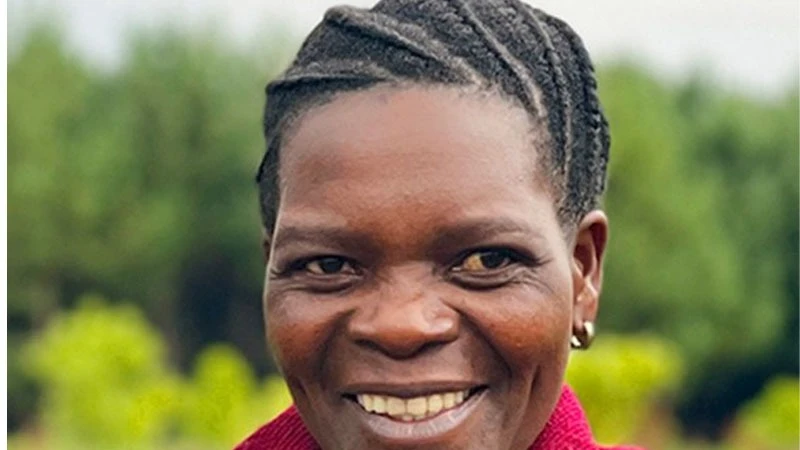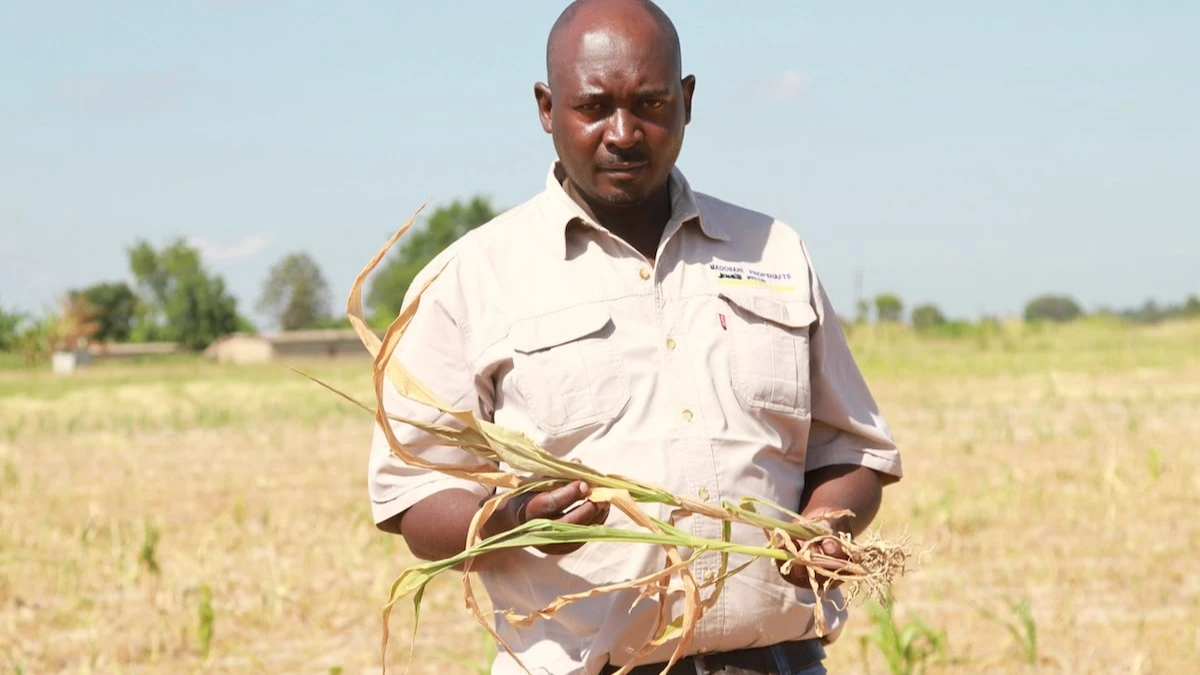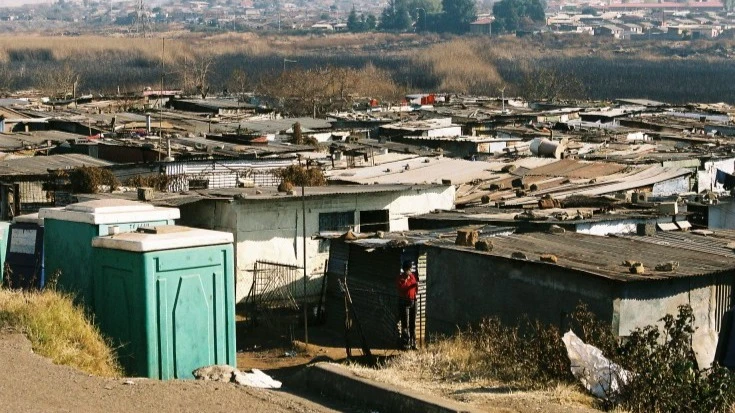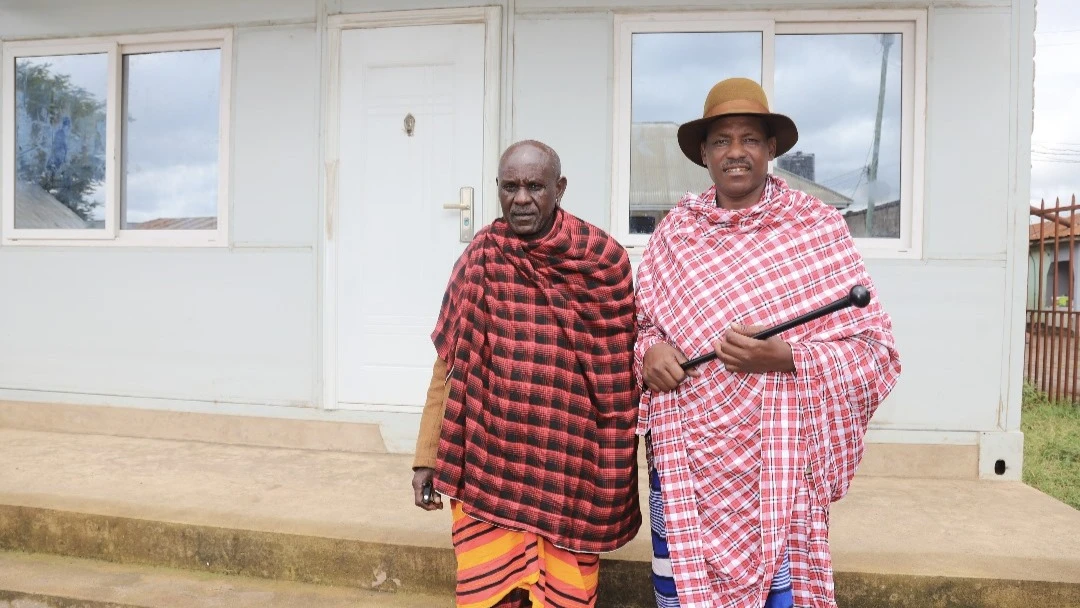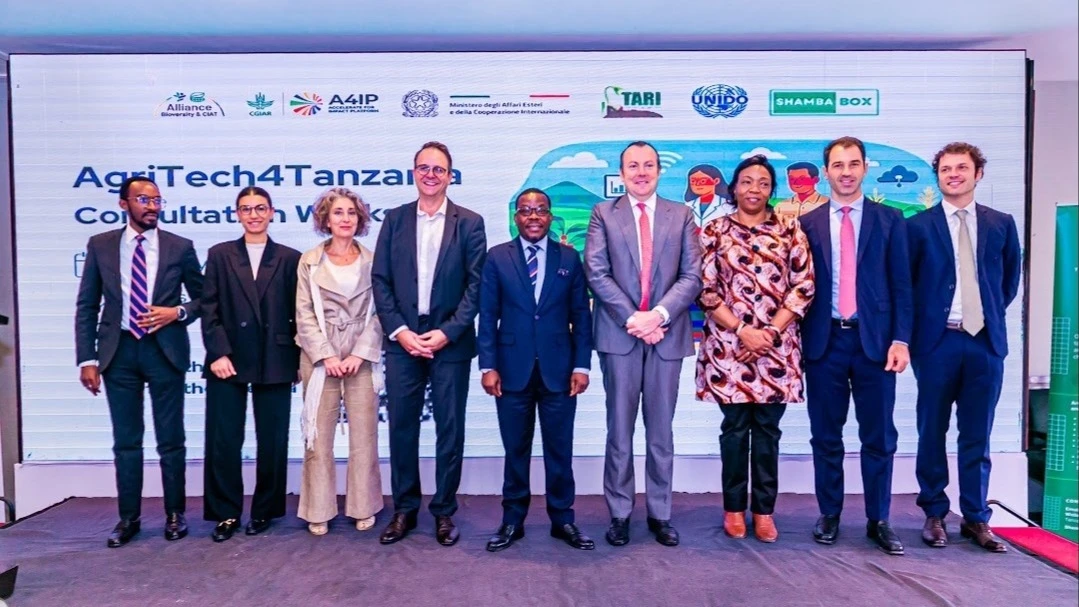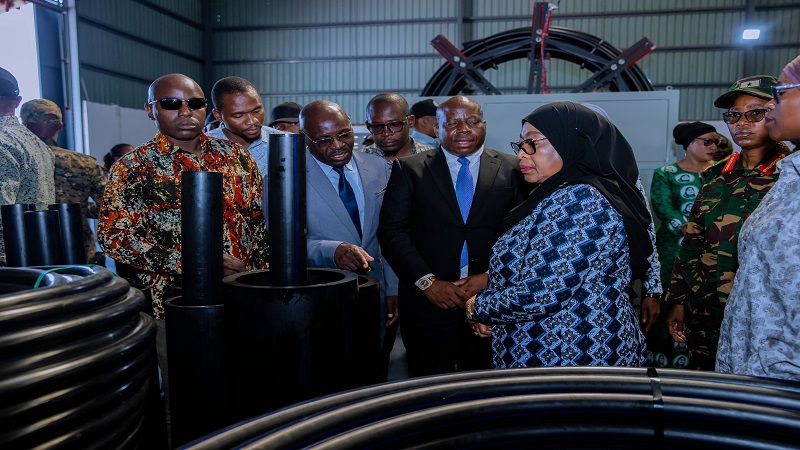Chicken becoming affordable, loved source for meat and eggs in Burundi
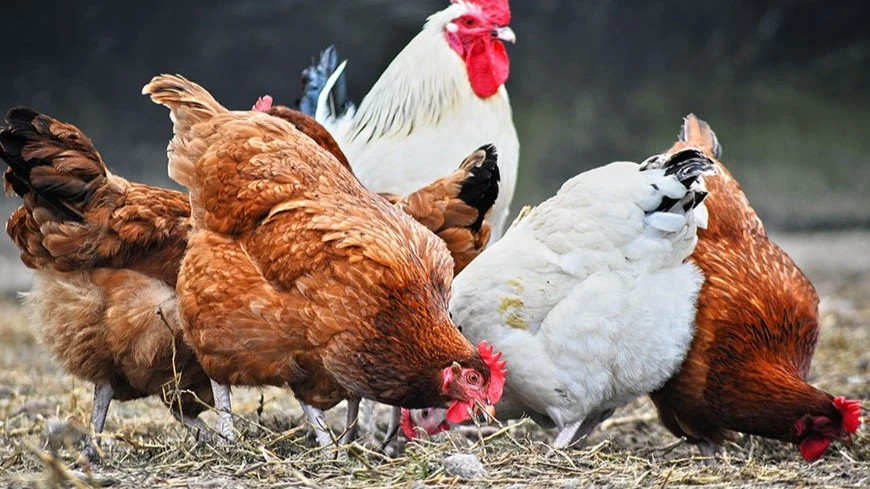
IN the quiet village of Buringa in Gihanga Commune, Bubanza Province, a 59-year-old entrepreneur and livestock farmer, Maurice Murishi, is changing the face of poultry farming in Burundi. What began as a small poultry business is now a thriving enterprise that is improving lives and incomes across several provinces.
“People shifted to chicken as their primary source of meat due to the national shortage of beef,” Murishi explains. “Since then, the demand has increased tremendously.”
But as the demand grew, local poultry breeds struggled to keep up. Existing chicken breeds were disease-prone and of low productivity, making it hard for farmers to meet market needs. That changed when the Great Lakes Accelerated Innovation Delivery Initiative Rapid Delivery Hub (AID-I GLR), locally known as the Kugwiza Project, stepped in.
With support from local partners like Confederation des Associations des Producteurs Agricoles pour le Developpement (CAPAD), Association de Coopération et de Recherche pour le Développement (ACORD), Welthungerhilfe (WHH), and International Livestock Research Institute) ILRI, the project introduced an innovative small pack approach, distributing a few high-quality chicks per household to demonstrate the benefits of the disease-resistant poultry breed called SASSO.
This strategy allowed farmers to test the breed in their own environments, sparking rapid adoption and word-of-mouth demand. According to Murishi, the new breed has been a game-changer.
“The SASSO breed is well-suited to our local climate, resists disease, and can be raised in both zero-grazing and open-grazing systems,” he says. “Our customers love it!”
Murishi’s poultry business has grown rapidly since he started working with the project. In 2022, he sold just over 10,000 chicks. By 2023 that number had climbed to more than 12,000, and in 2024 it more than doubled. From January to March 2025 alone, he had already sold more than 21,000 chicks to local intermediary traders working across Kugwiza-supported zones.
The small-pack approach proved revolutionary. By distributing just five chicks per household; four hens and one rooster; along with starter kits of feed and medicine, the project enabled farmers to see tangible results quickly.
“Giving a few chicks per household was an innovation,” Murishi notes. “It allowed people to test the breed in real-time and created high demand. I want to replicate this model in other areas where I have operations.”
To meet this growing demand, Maurice developed a network of four young intermediaries operating in the provinces of Bubanza, Cibitoke, Gitega, and Ruyigi. These young entrepreneurs buy two-month-old chicks and sell them to farmers in rural areas, helping expand access while generating income for themselves.
“The marketing strategy was initiated by the Kugwiza Project,” Murishi explains. “It encouraged us to work with intermediaries and offer them profit margins so they could expand distribution in underserved areas.”
One of these intermediaries is 27-year-old Paul Nsabiyumva from Mutaho Commune in Gitega Province. Paul began selling chicks in 2021, but it wasn’t until the SASSO breed was introduced that his business took off.
“I heard about SASSO through CAPAD, and they connected me with Murishi in Bujumbura,” says Nsabiyumva. “I traveled to meet him, and in 2024, I started ordering SASSO chicks to sell in Mutaho and Bugendana.”
Since then, Nsabiyumva has witnessed firsthand the benefits of the new breed. Not only do SASSO chickens resist common diseases, but they also lay an average of six eggs per week when well fed, thus doubling the productivity of traditional breeds.
Prices have skyrocketed. A two-kilogram chicken that sold for 35,000 Burundian francs (BIF, equivalent to USD 11.66) in 2021 now goes for BIF 70,000 (USD 23.33), while the price of an egg has increased from BIF 800 (USD 0.26) to BIF 1,000 (USD 0.33). In a rare win-win for both producers and consumers, despite this price increase, chicken still remains more affordable than beef, which costs BIF 40,000 per kilo (USD 13.3).
And neither has the rise in price stemmed the business boom. Quite the opposite. A boost. “As demand is still rising, I’m planning to take a loan to expand my business,” Nsabiyumva says. He also plans to diversify. “I even want to start selling chicken feed to meet the growing needs of farmers.”
The benefits of the Kugwiza Project go beyond distributors and entrepreneurs. In Birimba village, also in Gitega Province, Jovith Ngendakumana, a 45-year-old mother of six, has transformed her family’s income thanks to the SASSO breed.
“Previously, my children raised local chickens for fun,” she explains. “Then I attended a community meeting organized by CAPAD and ILRI, where we learned about the SASSO breed that resists disease and has good egg production.” In terms of meat and egg production, SASSO is amongst the best poultry hybrid breeds for smallholder farming.
Ngendakumana has received SASSO chicks to test and has just started to breed and market the hens. Ngendakumana received five chickens, four hens and one rooster, along with feed and medicine. Within four months, her hens are giving her increased production for household consumption and income generation. She sold part of her egg harvest, using the income to buy more chicks and invest in her farm.
“With the profits, I bought 30 chicks from Paul,” she says. “Soon, I’ll be getting a continuous and sustainable egg production and income to help me pay school fees, buy household essentials, and even invest in new activities.”
The popularity of SASSO has also sparked interest among Ngendakumana’s neighbours. At least 12 families – mostly young people – have visited her home, seen the results, and begun poultry farming themselves.
“The Kugwiza Project changed my family’s life,” she says. “Thanks to this breed, I can buy salt, oil, and notebooks for my children. May God bless this project, and please expand it to reach other women-led households in other provinces.”
Suppliers like Maurice Murishi have embraced the small-pack model, integrating it into their marketing strategies to reach more farmers. “The approach is a win-win,” Maurice adds. “Farmers see quick results, and we suppliers benefit from the growing demand. Now, I’m recruiting more intermediaries to expand into new zones using the same method.”
With the chicken market thriving and young people seizing new business opportunities, the disease-resistant SASSO breed has not only brought better meat and egg production but also revitalised rural economies and strengthened Burundi’s livestock value chain.
However, the poultry hybrid breed system in Burundi is not yet fully developed. As a result, SASSO day-old chicks must still be imported from outside the country, since there is currently no local capacity to maintain parent stock.
This dependency makes the supply chain fragile and poses a challenge for sustainable growth. Chick suppliers like Maurice Murishi remain reliant on importers to keep their businesses running.Fortunately, farmers do not attempt to produce their own chicks from grown chicks but instead continue to obtain healthy stock from trusted suppliers like Murishi.
For long-term resilience and efficiency, Burundi must deliberately invest in establishing facilities to produce and maintain the locally adapted and productive poultry parent stocks, as well as in producing quality feed and vaccines essential for maintaining bird health and productivity.
Top Headlines
© 2025 IPPMEDIA.COM. ALL RIGHTS RESERVED


